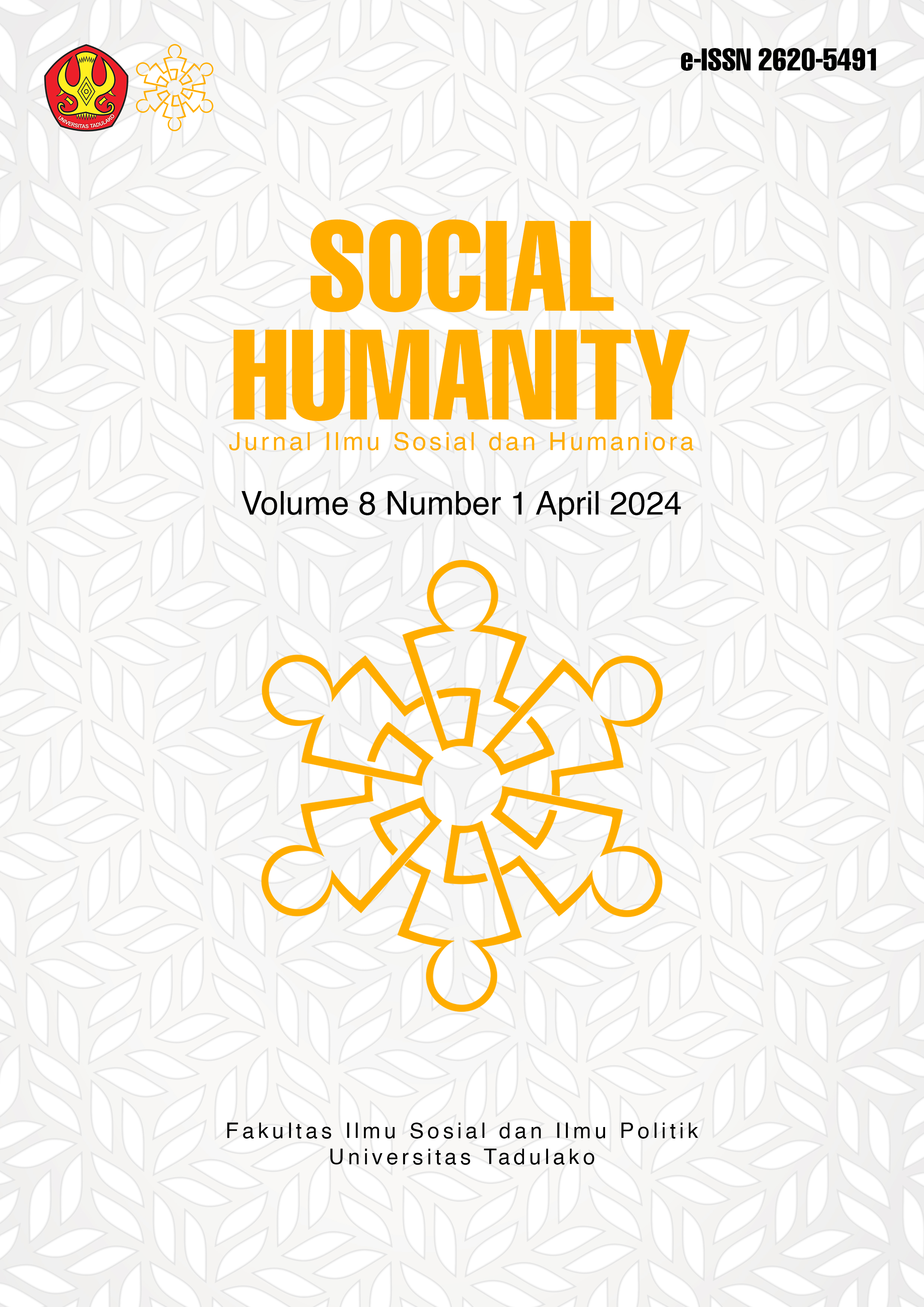A Study on the Interaction in the Culinary Tourism Village of Wisata Mas of Nunu
DOI:
https://doi.org/10.22487/j.sochum.v8i1.1893Keywords:
Culture, Interaction, Intercultural communicationAbstract
In the process of interaction between the Kaili and Javanese people, it requires harmonious social relations with the living conditions of individuals and groups who live in line with community members who live their respective natures marked by solidarity and harmony in societies that have different cultures. This study aims to determine the interactions that occur between the Kaili and Javanese people in the "Wisata Mas" Culinary Village in Nunu Village. This research uses descriptive qualitative research and data collection uses observation, interviews, and documentation. This research method uses direct observation techniques through the interview process. The results of this study indicate that the Cultural Interaction of the "Wisata Mas" Culinary Village of Nunu Village is in accordance with the Accommodation theory, namely adjustment to the place where they live. Harmonization and harmony between the Kaili people and the Javanese people are in accordance with the accommodation theory. In the theory of accommodation as a process, the harmonization and harmony between the Kaili Tribe and the Javanese in the "Wisata Mas" Culinary Village is called tolerance. Harmonization and harmony in the culinary village "Wisata Mas" are well established, the community is able to build good interactions, tolerate and build mutual respect for one another.




